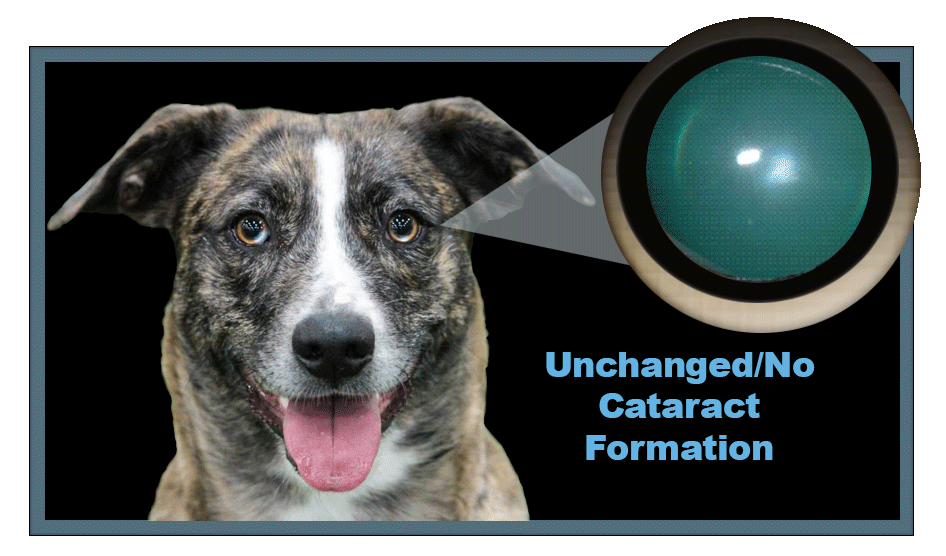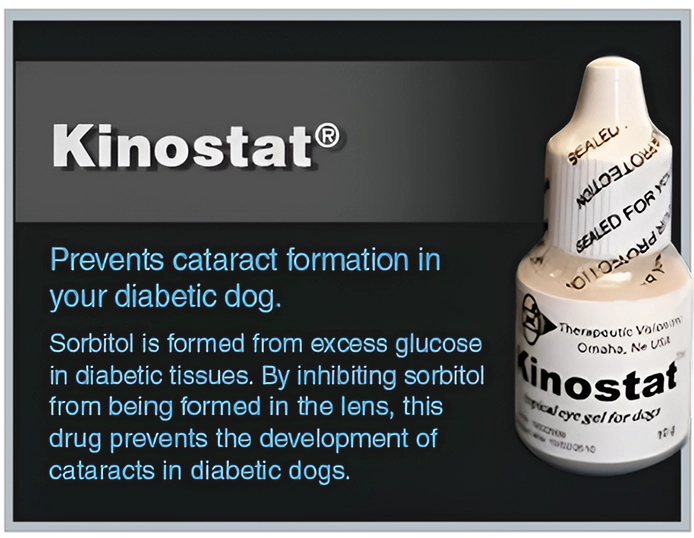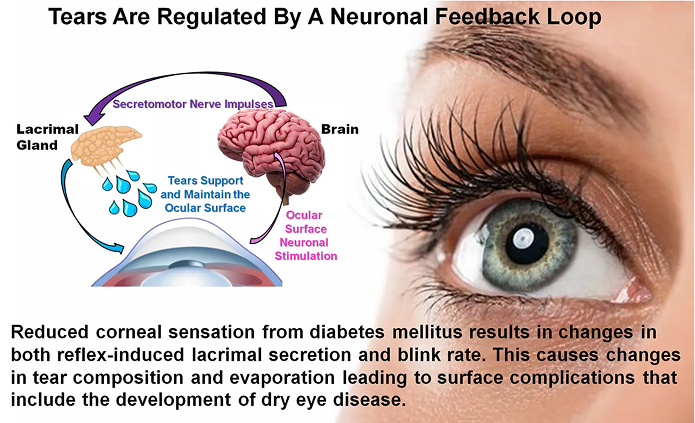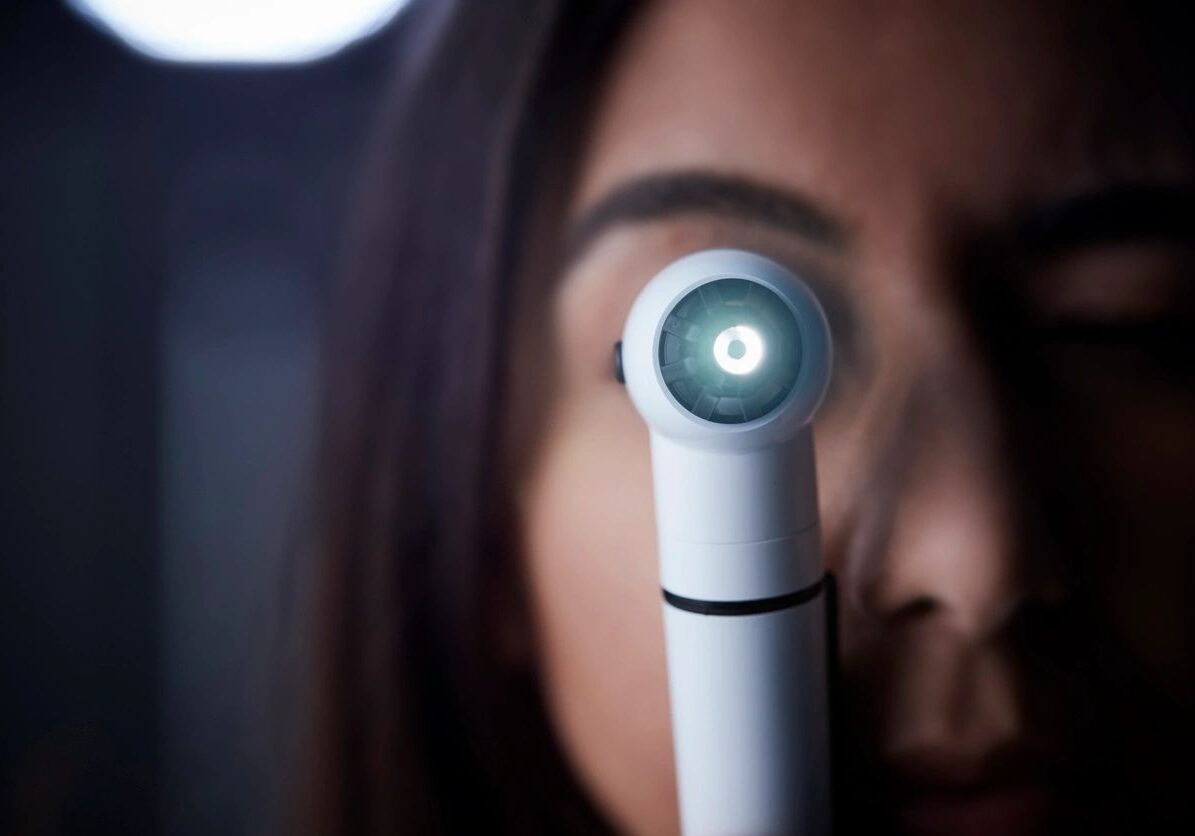Cutting-Edge Therapies in Development
All our current pipeline products have been developed by Dr. Peter F. Kador and are licensed to Therapeutic Vision. These medications have both United States and international patent coverage.


Diabetic Cataracts in Dogs
Diabetic dogs also develop diabetic keratopathy which is a common ocular complication that affects the cornea by increases the development of dry eye (keratoconjunctivitis sicca) from altered corneal nerve sensitivity.
Galactosemic Cataracts in Children
Galactosemic cataracts in children are a serious complication of galactosemia, a rare genetic disorder that affects the body's ability to process galactose, a type of sugar found in milk. Cataracts occur when galactose accumulates in the lens of the eye, causing it to become cloudy and impair vision. Early diagnosis and treatment with a galactose-free diet can prevent or reverse cataracts in most cases.



Kinostat®
Kinostat represents the first eye drop medication containing an aldose reductase inhibitor that will be available in the United States and subsequently the world. Data indicates that Kinostat is clinically effective for inhibiting cataracts in diabetic dogs with Kinostat treated dogs 85% less likely to develop cataracts compared to similar diabetic dogs treated with placebo, which is the eye drop vehicle alone. Kinostat represents the first topical aldose reductase inhibitor available in the United States. The data available indicate that Kinostat is clinically effective for inhibiting cataracts in diabetic dogs. In our clinical trial, dogs treated with Kinostat were 85% less likely to have cataracts than those treated with placebo.
Diabetic dogs also develop diabetic keratopathy which is a degenerative corneal disease that leads to dry eye disease (keratoconjunctivitis sicca)) due to impaired tear production and corneal nerve damage. Dry eye especially increases after cataract surgery in diabetic dogs. Diabetic dogs y treated with Kinostat were also 84% less likely to develop dry eye compared to diabetic dogs treated with placebo.
In humans with DM, diabetic keratopathy is also linked to the development of dry eye as well as reducing the cornea’s nerve sensitivity, ability to heal, and clarity. It is present in approximately 70% of human diabetics population and leads to vision loss secondary to diabetic keratopathy. The efficacy of aldose reductase inhibitors to treat diabetic keratopathy has been shown in both animal studies as well as preliminary human clinical studies.
Based on our Safety and Clinical Efficacy studies, we have provisional approval to market Kinostat following completion of the Chemistry, Manufacturing and Controls Study (CMC). We are striving to make Kinostat available as soon as possible to meet your diabetic dog’s needs. After anticipated approval for the veterinary market we plan to expand Kinostat’s use to the human market where it has a future role in treating diabetic keratopathy, dry eye, and wound healing.
Topical Nutraceutical Antioxidant
Nutraceuticals, often called nutritional pharmaceuticals, refer to natural products from living organisms that provide extra health benefits when used in medicinal, cosmetic, and dietary applications. Therapeutic Vision has developed an antioxidant eye ointment containing the nutraceutical ingredients astaxanthin, resveratrol, ethyl pyruvate, and epigallocatechin gallate (EGCG) which possess antioxidant, anti-inflammatory, and chelating activity. The active ingredients are designed to mimic the properties of our multifunctional redox modulating agents (MFRMs) by reducing oxidative stress through free radical scavenging and chelating activity. Experimental studies have shown that the use of the formulation delays the development of oxidation induced cataracts, reduces retinal degeneration, maintains normal tear flow in dry eyes, and prevents the development of tear staining that is present in certain dogs.
Clinical use of this topical antioxidant shows promise. The patented formulation is commercially available through Aventix Animal Health as Optixcare® Eye Health.


Multifunctional Redox Modulators (MFRMs®)
Oxidation-reduction (redox) reactions are central to the basic functions of life. They involve electron transfers between two molecular entities where electron loss is defined as an oxidation and electron gain as a reduction. Maintaining cellular function and survival requires a balance between reducing and oxidizing reactions. Oxidative stress is an imbalance where the body's natural antioxidant defenses are overwhelmed by the excessive production of reactive species of oxygen, nitrogen, and sulfur (ROS, RNS, and RSS) which can be further enhanced by the increased cellular presence of metals such as iron, copper, zinc, and manganese (metal dyshomeostasis). This oxidative stress can lead to lipid peroxidation, protein and DNA oxidation, and mitochondrial dysfunction that lead to chronic inflammation, vision and hearing sensory cell loss, and neurodegeneration.
Therapeutic Vision’s MFRM compounds are currently in preclinical development. MFRMs not only scavenge free radicals but also independently sequester and redistribute transition metals such as iron, copper and zinc that participate in the generation of toxic hydroxyl radicals. MFRMs can also neutralize neurotoxic zinc complexes of amyloid beta plaque and protect mitochondrial function. Initially called multifunctional antioxidants, their name was subsequently changed to redox modulators because of their distinctly different properties.
Unlike antioxidant supplements and chelators, MFRMs when orally administered reach therapeutic levels in sensory tissues within the eye, ears, and central nervous system (CNS). Preclinical animal models show that the company’s MFRMs when orally administered have both civilian and military applications:
Vision Loss: The company’s MFRM compounds protect against ROS induced cataract formation generated by ionizing gamma rays, ultraviolet light, and endoplasmic reticulum (ER) stress. In the retina, MFRMs protect against the oxidation of retinal tissues, photoreceptor loss, and loss of retinal function.
Neurotoxic Amyloid Beta Formation, Age-Related Macular Degeneration (AMD) and Retinal Neurodegeneration: The company’s MFRM compounds reduce oxidative stress, including the generation of damaging hydroxyl radicals, and prevent accumulation of Aβ plaque in the lens, retina, and brain. Aβ plaque formation is observed in AMD, glaucoma and age-related cataracts along with Alzheimer’ Disease.
Hearing Loss: MFRMs protect against noise, acoustic blast, and antibiotic induced hearing loss that results from oxidative stress and iron release that damages cochlear sensorineural hair cells and the degeneration of auditory nerve fibers.









